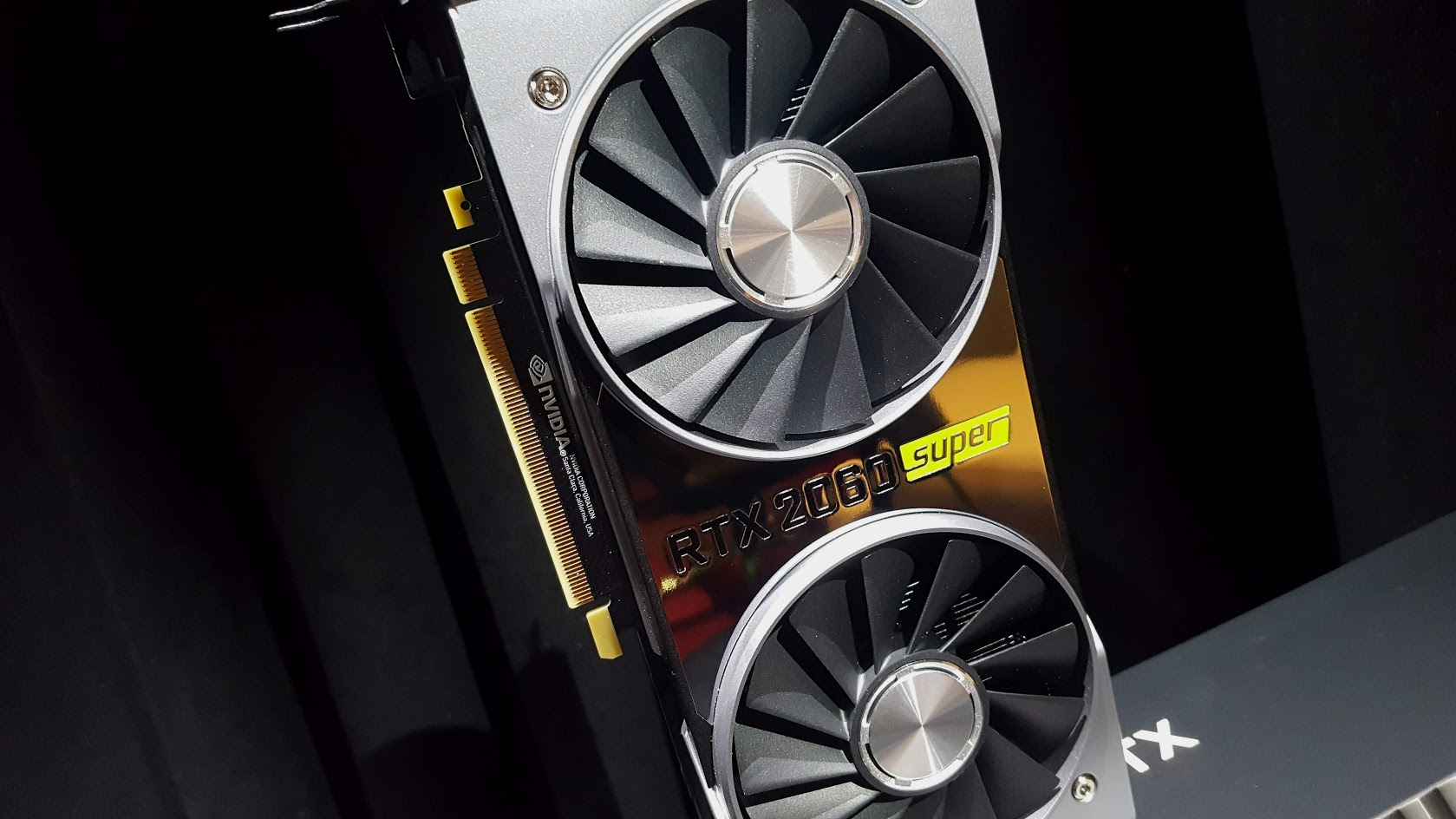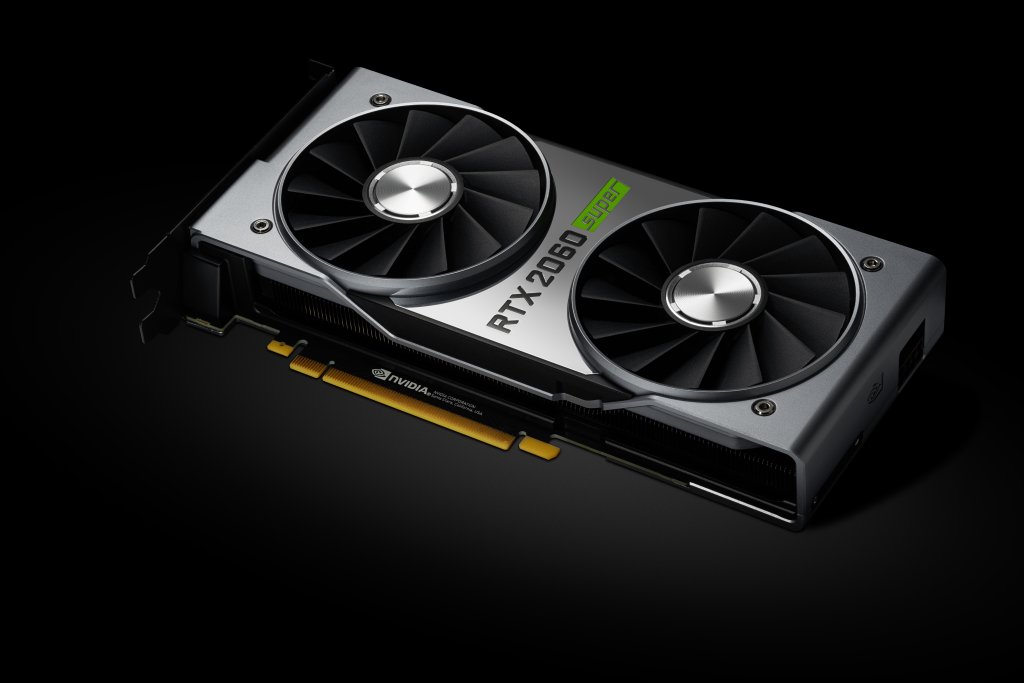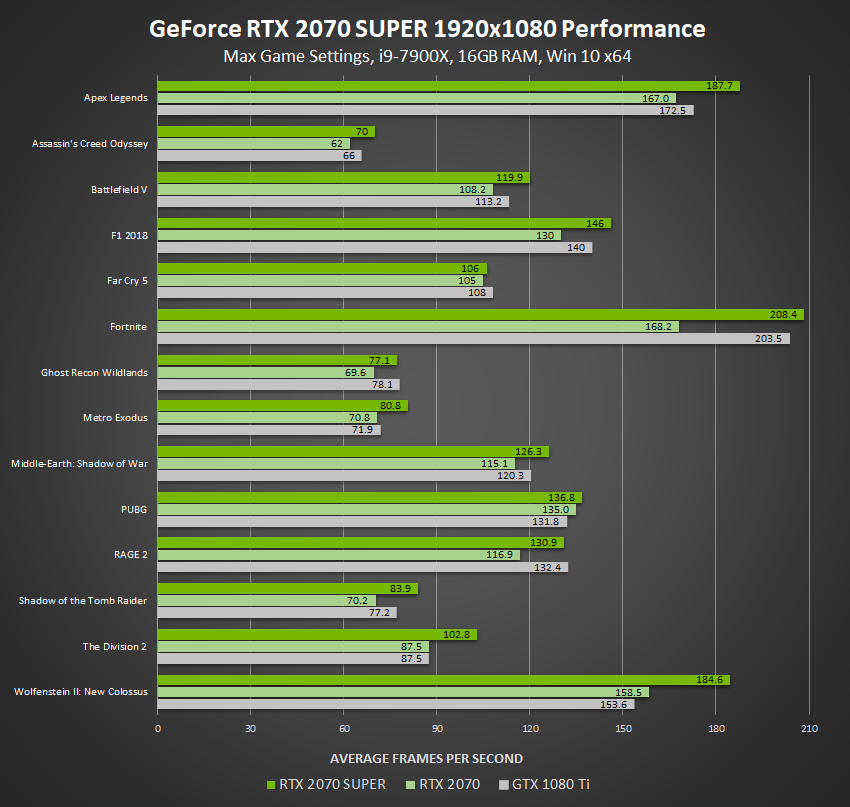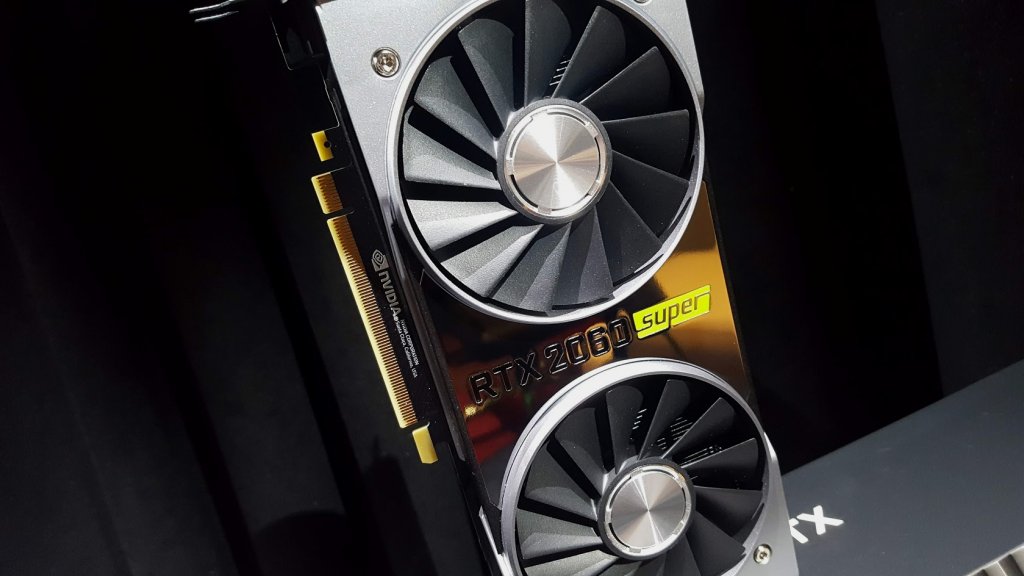
Nvidia has revealed its newest line of graphics cards, the RTX SUPER line.
These new GPUs aren’t an entirely new generation of card, and are instead refined and upgraded versions of the current generation. So, instead of moving onto a card called the RTX 3060, these new cards will be the RTX 2060 SUPER, the RTX 2070 SUPER, and the RTX 2080 SUPER. Although the processor size hasn’t been shrunk, which is one major selling point of AMD’s newest line of cards, there are plenty of other upgrades to make Nvidia fans very, very happy.
More transistors, cores, and pretty much everything else

Among the best upgrades of these new cards are their added transistors, CUDA cores, Giga Rays, TMUs, and ROPs. For those challenged in the way of unnecessary technical jargon, that probably seems like an overwhelming amount of acronyms. Fortunately, they’re easy to explain.
First, the CUDA cores. CUDA is Nvidia’s proprietary parallel computing programming model. In other words, more CUDA cores equals more raw computing power. The new RTX 2060 SUPER and RTX 2070 SUPER have 256 more cores than the 2060 and 2070 each, and the new RTX 2080 SUPER is up by 128 on its predecessor. Transistors are simple. They’re what moves power from the power supply to the GPU. The only card to upgrade in transistor count is the 2070, which bumps up by 3 billion transistors compared to its predecessor.
Giga Rays are another Nvidia-exclusive unit of measurement. They measure how many rays can be transmitted by the graphics card for ray tracing. Each card has been upgraded by one Giga Ray. For instance, the 2060 SUPER moves up to six-per-second from five-per-second, the 2070 moves up to seven-per-second from six, and so on. Texture mapping units, or TMUs, and render output units, or ROPs, have likewise increased across the board.
The need for speed

Benchmarks via Nvidia.
Obviously one of the first specs you’ll look at when shopping for graphics cards is the base clock speed, which reflects how well graphics are rendered directly. If you’re one of the many, many people interested in this stat, we’re happy to report that base clock speed received one of the largest upgrades included in the new cards.
Both the 2060 SUPER and the 2070 SUPER are 105 MHz faster than the regular RTX 2060 and 2070, and the 2080 SUPER is increasing by 135, according to HotHardware. Yes, this means that the SUPER iteration of a lower-tiered card could run faster than the non-SUPER higher-tiered card. The RTX 2060 SUPER has a higher base clock speed than the normal RTX 2070, which is a significant revelation to make. This also explains the hike in price. Curiously enough, boost clock speed is actually about the same as the current version.
With the exception of the 2080 SUPER, memory speed of the cards remains the same at 14 gbps. Memory size is in the same boat, having jumped to 8gb of GDDR6 in the 2060 SUPER up from six, but remaining the same in the 2070 SUPER and 2080 SUPER. Computing power, however, is considerably up across the board.

The RTX 2060 SUPER’s Teraflops have increased to 7.5 from 6.5, the 2070 SUPER will hit 9.1 TFLOPs from the previous 7.5, and although the new 2080 TFLOP count hasn’t been revealed, the standard 2080 already boasts an impressive 10.8 TFLOPs.
Clearly, the new SUPER line is superior to its predecessor lineup of GPUs, even considerably superior in certain areas. The eternal debate, however, rages on. Are they more cost-efficient and worth a buy when compared to AMD’s new line of RDNA GPUs? We can’t answer that for certain, but it’s clear Nvidia wants to put up a fight with these impressive cards.
